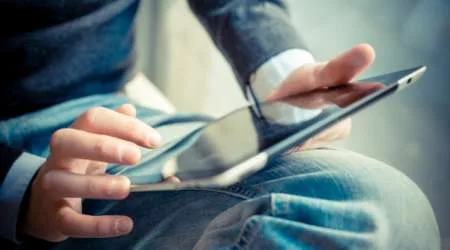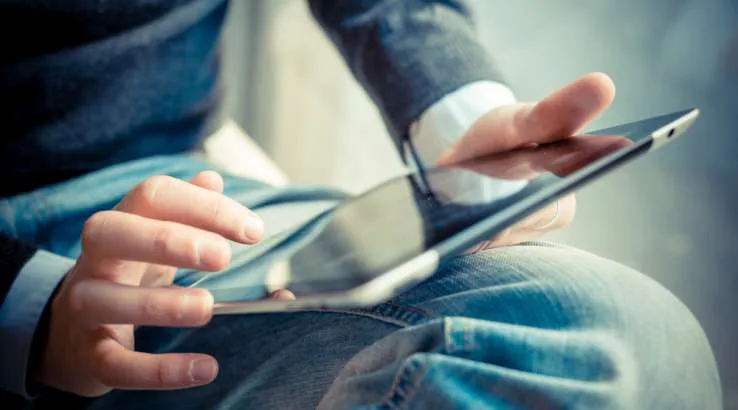Have tablets turned the corner for travellers?


Sales for tablets are flat, despite some obvious advantages for regular flyers.
I'm sitting in the Sydney Qantas Lounge the day before Easter, meaning it's a little busier than you'd normally expect in the middle of a Thursday. There are plenty of people working away in the business area on their MacBooks and ThinkPads, and even more lounging around with coffees, eyes glued to their phones. But walking around the lounge, I can only see a single person using an iPad.
That relative lack of interest in tablets is reflected in sales figures. According to Telsyte, a total of 1.65 million tablets sold in Australia in the second half of 2017, up just 1% from the same period the previous year. Apple has the biggest share of the market with 46%, followed by Windows devices on 29%, Android devices on 24% and "other" on 1%.
There are a few factors at play here. Tablets have much longer upgrade cycles than smartphones; we're often happy to hang onto the same device for years. That's partly because smartphones get much more wear and tear (we use them all the time), and partly because it's hard to add new functionality to tablets. Other than improving battery life, there's not much else compelling to do with them. In many families, the main use for a tablet is as an entertainment viewing device.
Attempts to pitch tablets as our primary work devices have met with mixed success. Apple tried that with the iPad Pro, for instance, promoting it as a device which could entirely replace an existing laptop. However, the reality is that multi-tasking still doesn't work as well on a tablet (using a phone-derived operating system) as it does on a laptop. As our review of the iPad Pro 10.5 concluded: "Within the confines of iOS it's still best suited for those whose computing needs are modest."
There's been more visible success for Windows-based 2-in-1 devices like the Surface Book, which can switch from being a tablet to a full-blown PC. According to Telsyte, more than 40% of tablet sales in the second half of 2017 came from 2-in-1 devices. Again, that makes sense: it's far easier to get work done with a proper keyboard and a full multi-tasking OS.
From that perspective, it's not surprising that the lounge is filled with laptop users. That does ignore one of the secondary benefits of a tablet: you don't have to take it out of your carry-on for security screening at Australian domestic airports. However, for most working travellers, that small hassle doesn't seem worth the bigger hassle of not having a keyboard just yet.
Angus Kidman's Findings column looks at new developments and research that help you save money, make wise decisions and enjoy your life more. It appears regularly on finder.com.au.
Latest news headlines
- HECS-HELP hell: Your uni debt could jump by $900+ by July
- Ordinals and runes – the new crypto craze?
- Earn up to $1,297 by investing some of your savings | Dollar Saver tip #79
- Why are there millions of dodgy cars on Australian roads?
- Shady shoppers: Petty crime escalates as Australians hit hard by cost of living crisis
Picture: Shutterstock

